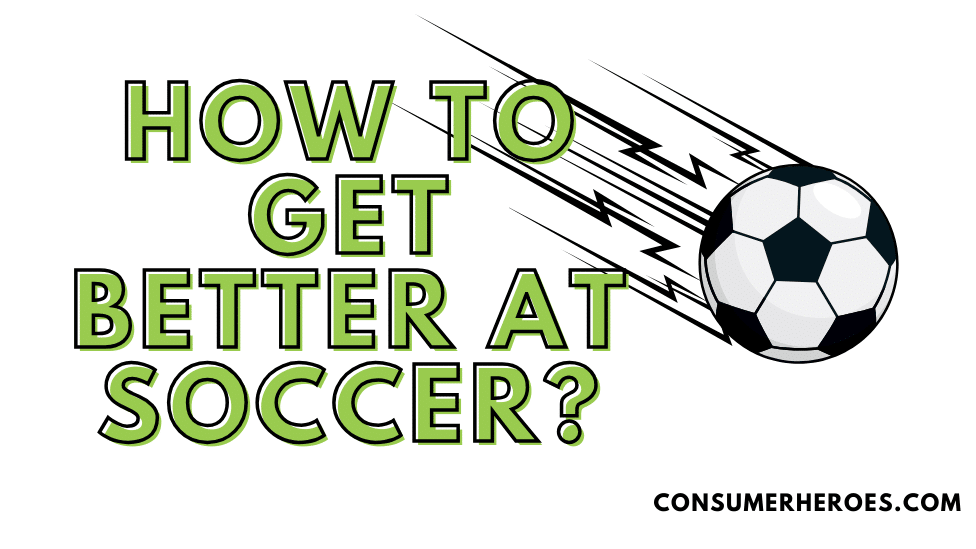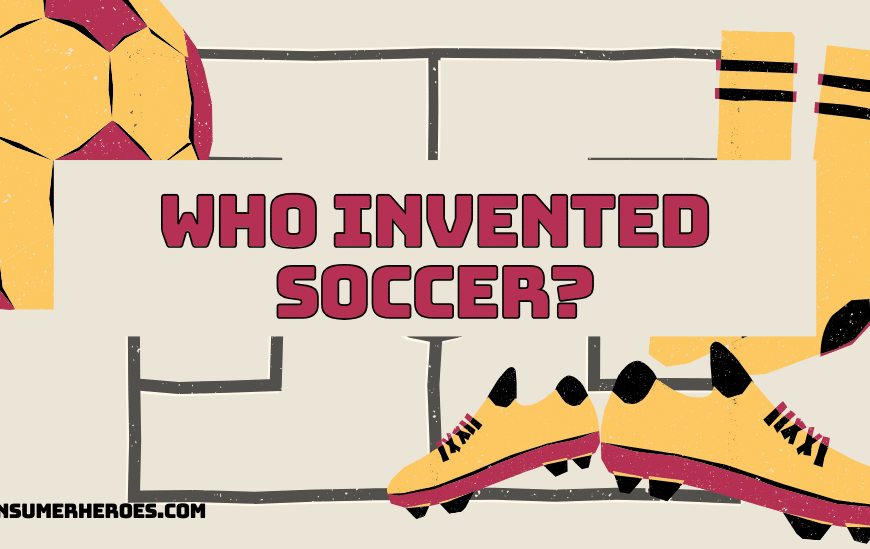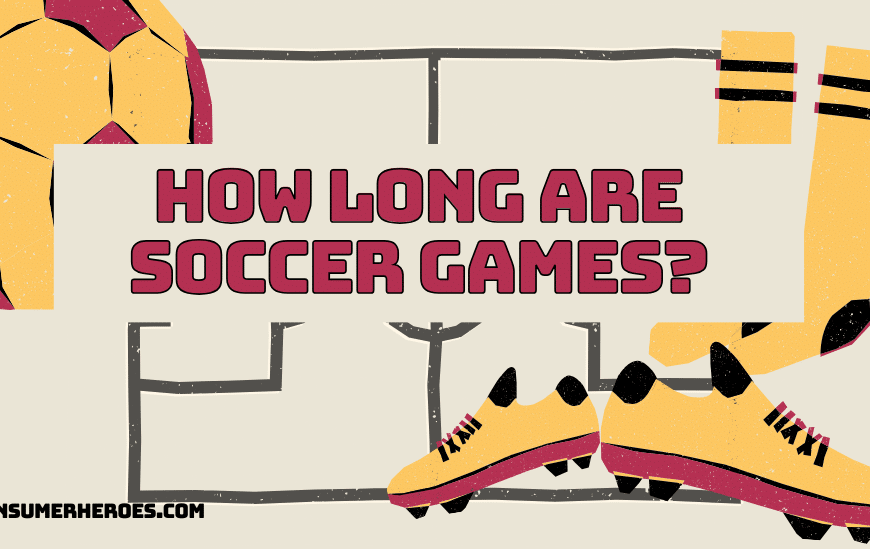Soccer, also known as football in many countries, is one of the most popular sports in the world. It is a game that requires skill, strategy, and teamwork. Whether you are a beginner or an experienced player, learning how to play soccer can be a fun and rewarding experience.
To start playing soccer, you will need a few basic pieces of equipment such as a ball, cleats, and shin guards. Once you have the necessary equipment, you can begin to learn the rules of the game. Soccer is played with two teams of eleven players each, and the goal of the game is to score more goals than the opposing team.
To score a goal, the ball must be kicked into the opposing team’s goal without using your hands or arms. Players can pass the ball to their teammates using their feet, and they can also use their feet to dribble the ball down the field. Learning how to control the ball with your feet is an essential skill in soccer, and it takes practice to master. By following the basic rules and practicing your skills, you can become a successful soccer player.
Understanding the Basics
Soccer Rules
Soccer is a game played between two teams, each with eleven players. The objective of the game is to score more goals than the opposing team. The game is played on a rectangular field with a goal at each end. The ball is moved around the field by kicking it, and players are not allowed to touch the ball with their hands or arms, except for the goalkeeper who can use their hands within the penalty area.
There are several rules in soccer that players must follow. Some of the most important rules include:
- Offside rule: A player is offside if they are closer to the opponent’s goal than both the ball and the second-last defender when the ball is passed to them.
- Fouls: Players are not allowed to make physical contact with other players in a way that is deemed dangerous or unfair. Fouls can result in free kicks or penalties.
- Yellow and red cards: Referees can give players yellow cards for minor infringements, and red cards for more serious offenses. A red card means the player is sent off and cannot continue playing.
Soccer Positions
Each team has eleven players who play in different positions on the field. The positions are:
- Goalkeeper: The player who defends the goal and is the only player allowed to use their hands within the penalty area.
- Defenders: Players who defend the goal and try to prevent the opposing team from scoring.
- Midfielders: Players who play in the middle of the field and help to link the defense and attack.
- Forwards: Players who try to score goals.
Equipment Needed
To play soccer, players need the following equipment:
- Soccer ball: A round ball made of leather or synthetic material.
- Soccer cleats: Shoes with studs on the sole to provide traction on the field.
- Shin guards: Protective gear worn on the shins to prevent injuries.
- Uniform: Each team wears a uniform consisting of a shirt, shorts, and socks in their team colors.
Overall, understanding the basics of soccer is essential for anyone who wants to play the game. By following the rules, knowing the positions, and having the right equipment, players can enjoy the game and improve their skills.
Mastering the Skills
Ball Control
Ball control is one of the most important skills in soccer. It involves the ability to control the ball with your feet, chest, and head. To master ball control, a player should practice dribbling, juggling, and trapping the ball.
Dribbling involves using your feet to move the ball around the field. A player should practice dribbling with both feet and learn how to change direction quickly. Juggling involves keeping the ball in the air using your feet, thighs, and head. A player should practice juggling to improve their touch and control. Trapping involves stopping the ball with your feet, chest, or head. A player should practice trapping to control the ball and set up passes or shots.
Passing
Passing is another important skill in soccer. It involves the ability to accurately pass the ball to a teammate. To master passing, a player should practice short passes, long passes, and through balls.
Short passes are used to maintain possession and move the ball around the field. A player should practice short passes with both feet and learn how to pass the ball accurately and quickly. Long passes are used to switch the play or create scoring opportunities. A player should practice long passes to improve their range and accuracy. Through balls are used to split the defense and create scoring opportunities. A player should practice through balls to improve their vision and timing.
Shooting
Shooting is the ultimate goal of soccer. It involves the ability to score goals by shooting the ball past the goalkeeper. To master shooting, a player should practice shooting from different angles, distances, and positions.
A player should practice shooting with both feet and learn how to shoot with power and accuracy. A player should also practice different types of shots, such as volleys, headers, and free kicks. A player should also learn how to read the game and position themselves to score goals.
Defending
Defending is an important skill in soccer. It involves the ability to prevent the opposing team from scoring goals. To master defending, a player should practice marking, tackling, and intercepting.
Marking involves staying close to an opposing player and preventing them from receiving the ball. A player should practice marking to stay tight to their man and anticipate their movements. Tackling involves winning the ball back from an opposing player. A player should practice tackling to time their challenges and avoid fouls. Intercepting involves cutting off passing lanes and intercepting the ball. A player should practice intercepting to read the game and anticipate the opposition’s passes.
Goalkeeping
Goalkeeping is a unique skill in soccer. It involves the ability to protect the goal and prevent the opposing team from scoring. To master goalkeeping, a player should practice shot-stopping, handling, and distribution.
Shot-stopping involves making saves to prevent the ball from going into the goal. A goalkeeper should practice shot-stopping to improve their reflexes and positioning. Handling involves catching or punching the ball to clear it from danger. A goalkeeper should practice handling to improve their confidence and control. Distribution involves passing or throwing the ball to start a counter-attack. A goalkeeper should practice distribution to start attacks quickly and accurately.
Developing Soccer Strategies
Offensive Strategy
Developing a successful offensive strategy in soccer requires a combination of skill, teamwork, and creativity. A team’s offensive strategy should aim to create scoring opportunities while minimizing the risk of losing possession of the ball. Here are some key factors to consider when developing an offensive strategy:
- Formation: Choosing the right formation is crucial for an effective offensive strategy. Common formations include the 4-4-2, 4-3-3, and 3-5-2. Each formation has its own strengths and weaknesses, so it’s important to choose the one that best suits the team’s strengths and style of play.
- Ball movement: Moving the ball quickly and efficiently is key to creating scoring opportunities. This can be achieved through short, quick passes, or longer, more direct passes. Players should also be encouraged to make runs into open space to create passing options.
- Set pieces: Set pieces such as free kicks and corner kicks can be used to great effect in an offensive strategy. Teams should practice a variety of set piece routines to keep opponents guessing and increase the chances of scoring.
Defensive Strategy
A solid defensive strategy is just as important as a strong offensive strategy in soccer. The goal of a defensive strategy is to prevent the opposing team from scoring while maintaining possession of the ball. Here are some key factors to consider when developing a defensive strategy:
- Formation: The defensive formation should be chosen based on the strengths and weaknesses of the team and the opponents. Common defensive formations include the 4-4-2, 5-3-2, and 3-5-2.
- Pressing: Pressing involves putting pressure on the opposing team’s players to force turnovers. This can be done by marking tightly, intercepting passes, and making well-timed tackles.
- Counter-attacking: Counter-attacking is a defensive strategy that involves quickly transitioning from defense to offense in order to catch the opposing team off guard. This can be done by quickly passing the ball up the field to players who are in open space.
By developing both a strong offensive and defensive strategy, teams can increase their chances of success on the soccer field.
Maintaining Fitness and Health
Soccer is a physically demanding sport that requires players to be in top physical condition. To perform at their best, players must maintain their fitness and health. Here are some tips for maintaining fitness and health for soccer players.
Physical Conditioning
Physical conditioning is essential for soccer players. It helps players improve their endurance, strength, and agility. Here are some ways to improve physical conditioning:
- Cardiovascular exercise: Running, cycling, and swimming are great ways to improve cardiovascular endurance.
- Strength training: Weightlifting and bodyweight exercises can help improve strength and power.
- Agility training: Cone drills, ladder drills, and plyometric exercises can help improve agility and quickness.
Injury Prevention
Injuries can be a major setback for soccer players. Here are some ways to prevent injuries:
- Warm-up and cool-down: A proper warm-up and cool-down can help prevent injuries.
- Stretching: Stretching can help improve flexibility and prevent muscle strains.
- Proper equipment: Wearing the proper equipment, such as shin guards and cleats, can help prevent injuries.
Nutrition for Soccer Players
Nutrition is essential for maintaining fitness and health for soccer players. Here are some tips for proper nutrition:
- Hydration: Staying hydrated is essential for peak performance. Soccer players should drink plenty of water before, during, and after games and practices.
- Carbohydrates: Carbohydrates provide energy for soccer players. Players should consume plenty of carbohydrates before games and practices.
- Protein: Protein is essential for muscle repair and recovery. Soccer players should consume plenty of protein after games and practices.
By following these tips, soccer players can maintain their fitness and health, which can help them perform at their best on the field.
Improving Your Game
Practice Drills
To become a better soccer player, one must practice regularly. There are many drills that can help improve specific skills, such as dribbling, passing, shooting, and defending. Here are some examples of practice drills that can help enhance your overall game:
- Cone Dribbling: Set up cones in a straight line and dribble the ball through them as quickly as possible. This drill helps with dribbling and ball control.
- Passing Accuracy: Set up targets on the field and practice passing the ball to them from different distances and angles. This drill helps with passing accuracy and technique.
- Shooting Practice: Set up a goal and practice shooting from different angles and distances. This drill helps with shooting technique and accuracy.
- Defensive Drills: Practice defending against an opponent by focusing on footwork, positioning, and tackling. This drill helps with defensive skills and strategy.
Watching and Learning from Professionals
Watching professional soccer players can provide valuable insight into the game and help improve your own skills. Here are some ways to learn from the pros:
- Watch Games: Watch professional soccer games and observe the players’ movements, positioning, and strategies. Pay attention to how they dribble, pass, shoot, and defend.
- Analyze Videos: Analyze videos of professional soccer players to gain a deeper understanding of their techniques and strategies. Look for patterns and commonalities in their play.
- Attend Clinics and Camps: Attend soccer clinics and camps led by professional players or coaches to learn from their expertise and receive personalized feedback on your own skills.
By practicing regularly and learning from professionals, anyone can improve their soccer game and become a better player.
Participating in a Soccer Match
Pre-Match Preparation
Before participating in a soccer match, it is important to properly prepare both physically and mentally. Here are some key steps to take before a match:
- Get enough rest: Ensure that you get enough sleep the night before the match to ensure that your body is well-rested and ready to perform.
- Stay hydrated: Drink plenty of water in the days leading up to the match to ensure that you are properly hydrated.
- Eat a balanced meal: Eat a balanced meal a few hours before the match to provide your body with the energy it needs to perform.
- Stretch and warm-up: Perform a proper warm-up routine before the match to prevent injuries and prepare your body for the physical demands of the game.
- Visualize success: Mentally prepare for the match by visualizing yourself performing well and achieving success.
During the Match
During a soccer match, it is important to stay focused and maintain a high level of intensity. Here are some tips for performing well during a match:
- Communicate with teammates: Communication is key in soccer. Talk to your teammates and provide them with information about the game.
- Stay in position: Stay in your designated position and focus on performing your role within the team.
- Be aware of your surroundings: Keep an eye on your surroundings and be aware of the movements of both your teammates and opponents.
- Stay calm under pressure: Maintain your composure and stay calm under pressure. This will help you make better decisions and avoid mistakes.
Post-Match Recovery
After a soccer match, it is important to properly recover to prevent injuries and prepare for future games. Here are some important steps to take after a match:
- Cool down: Perform a proper cool down routine to prevent injuries and help your body recover.
- Stretch: Stretch your muscles to prevent stiffness and soreness.
- Rehydrate: Drink plenty of water to replace fluids lost during the match.
- Rest: Get enough rest to allow your body to recover and prepare for future games.







